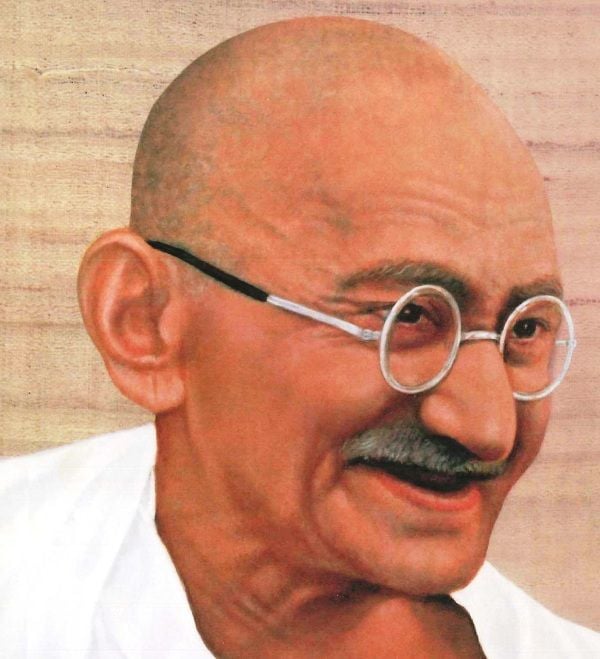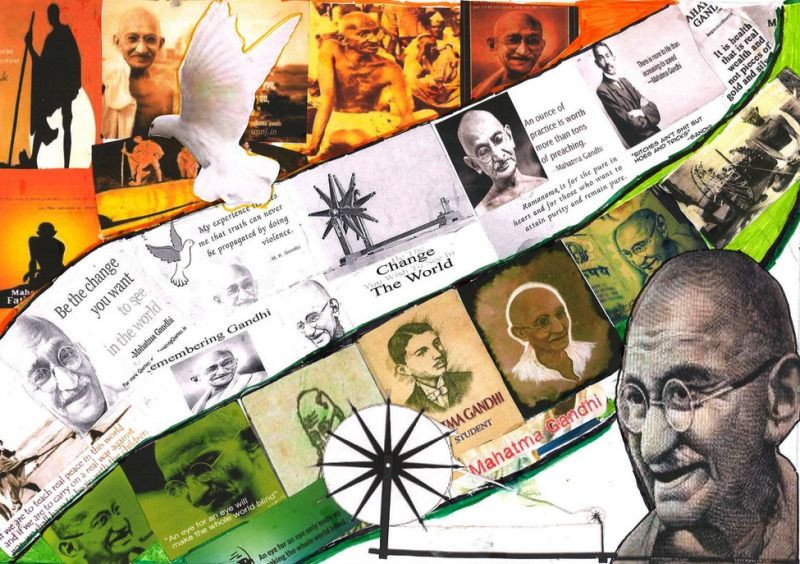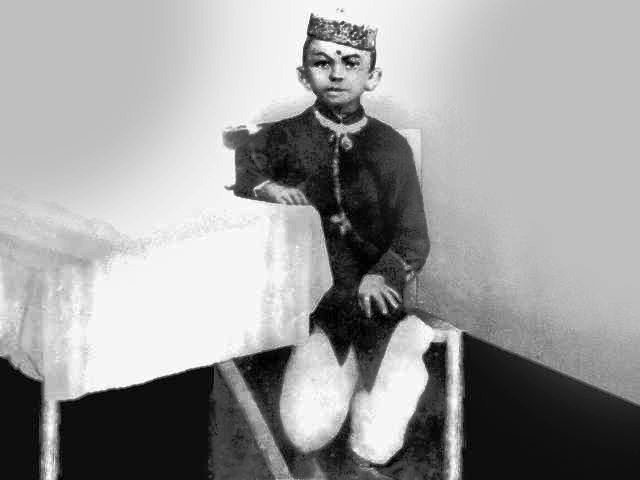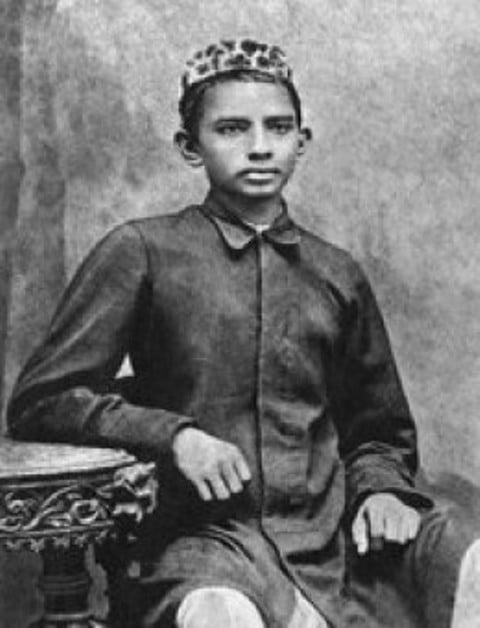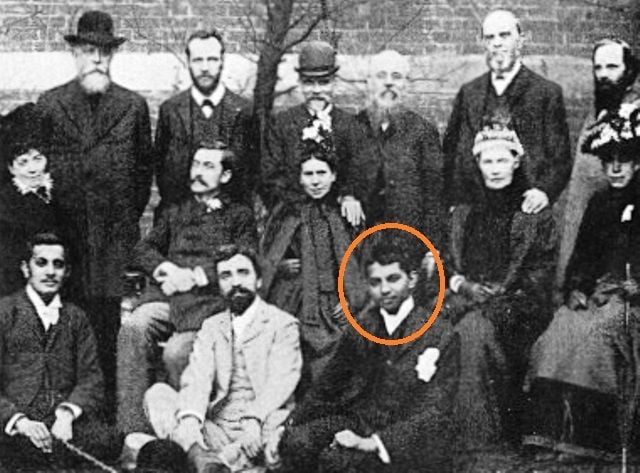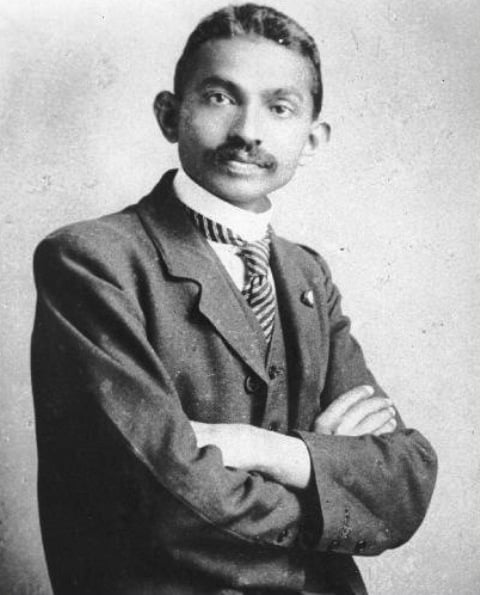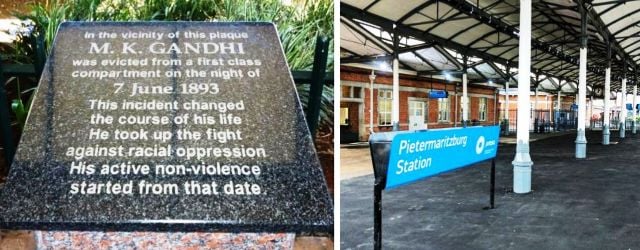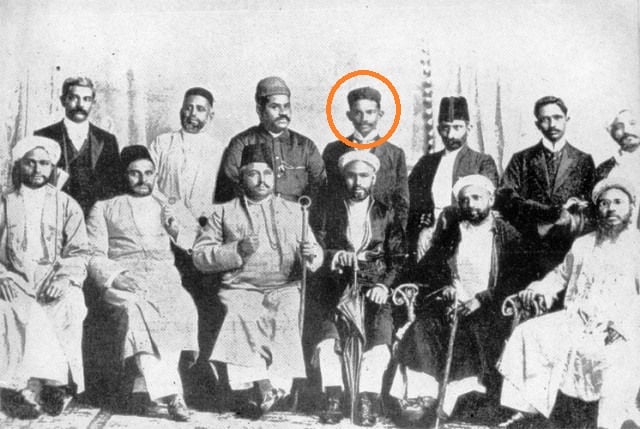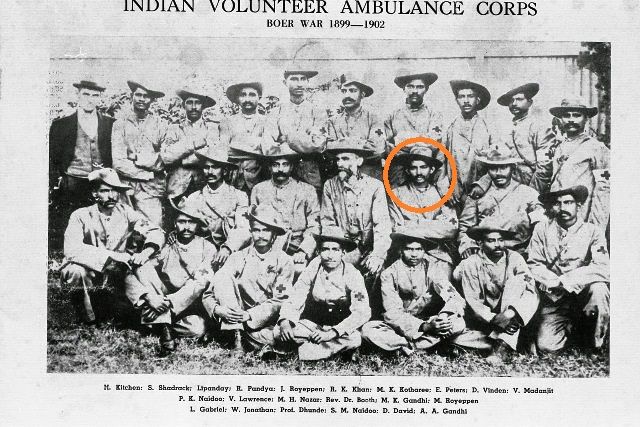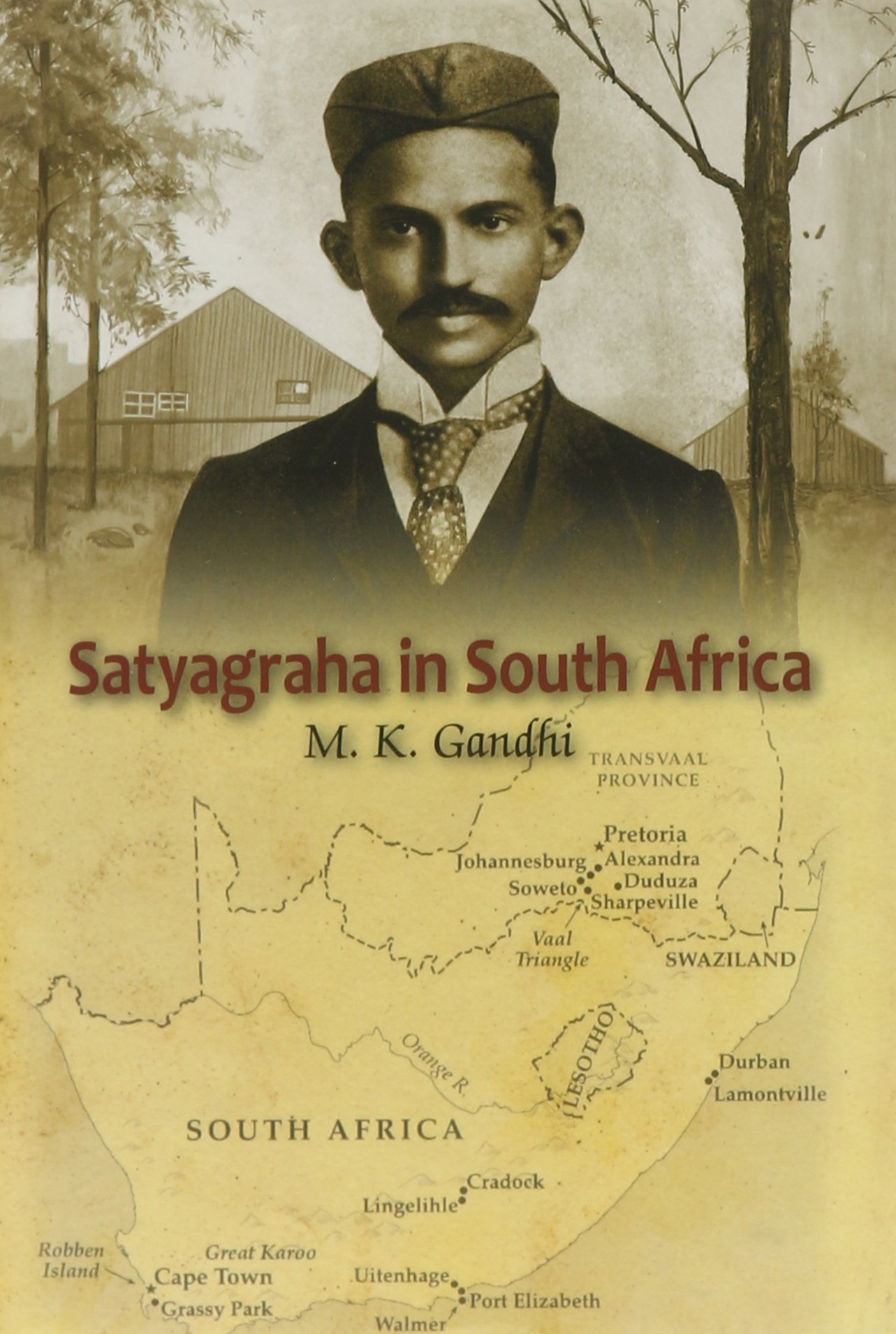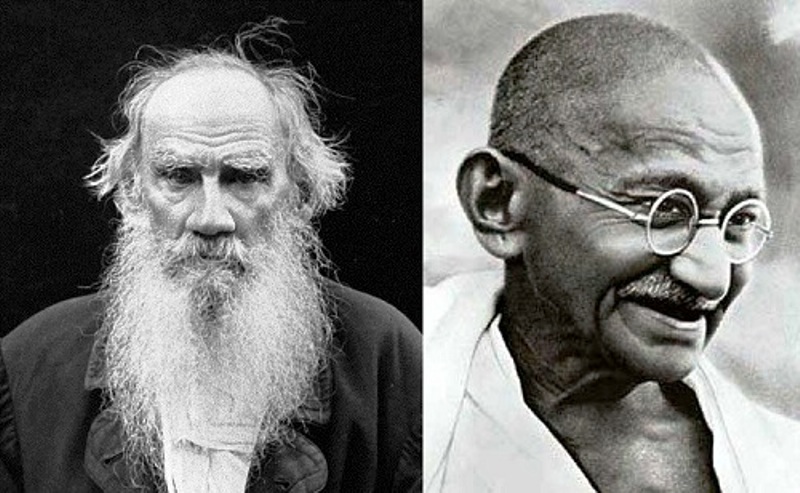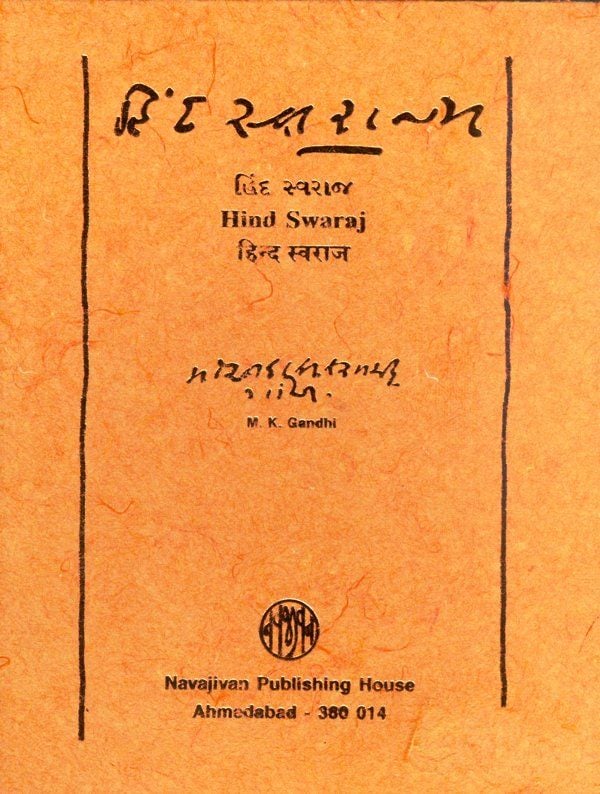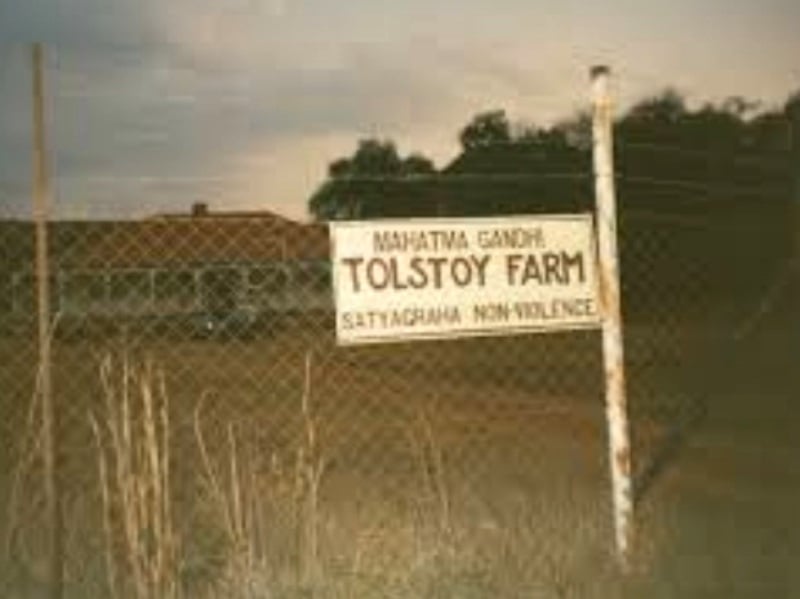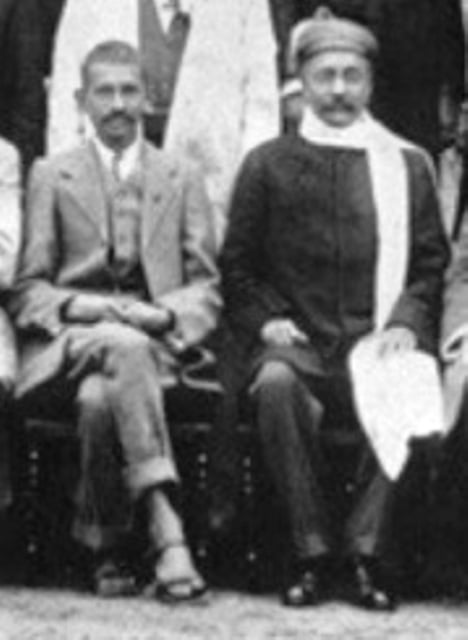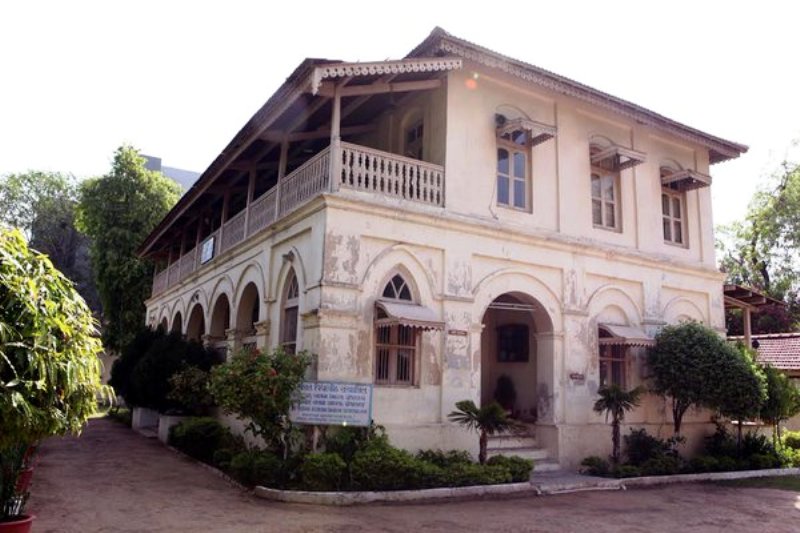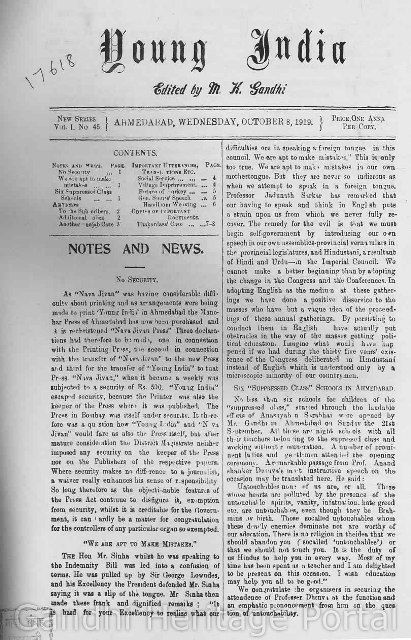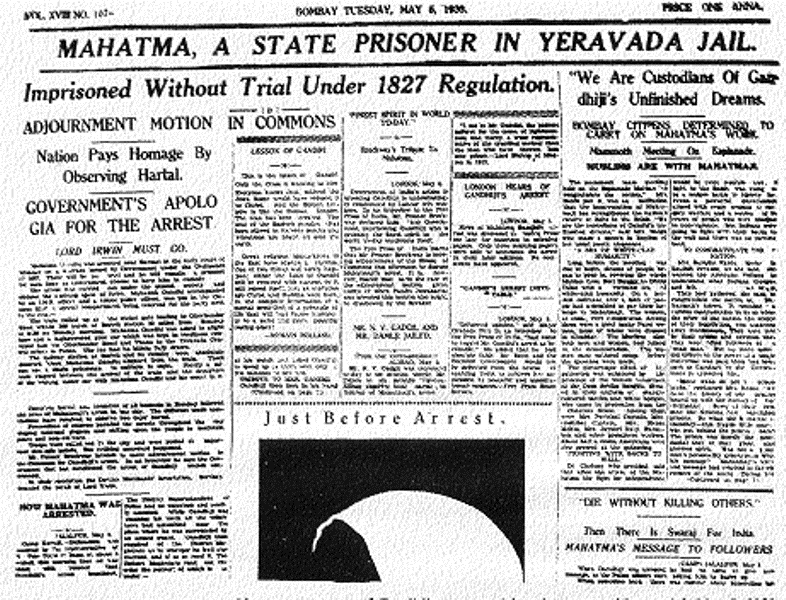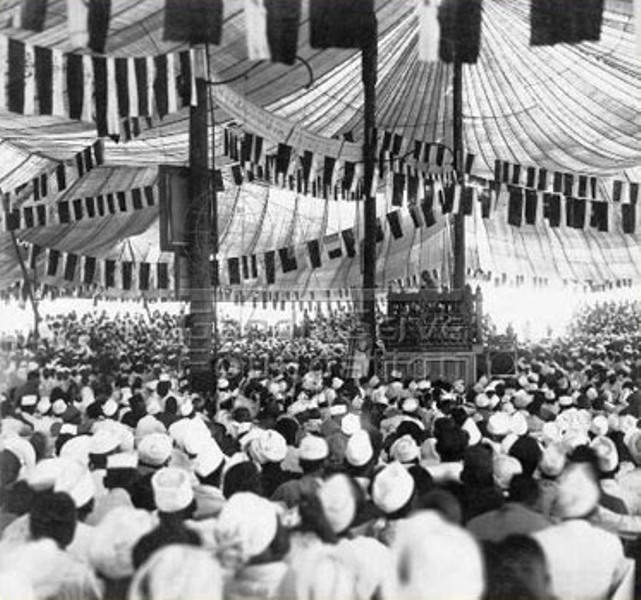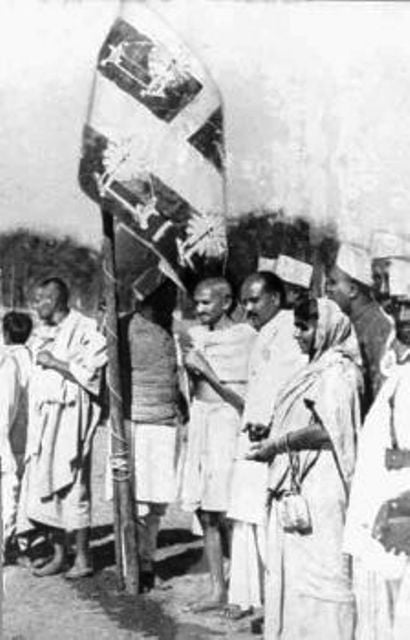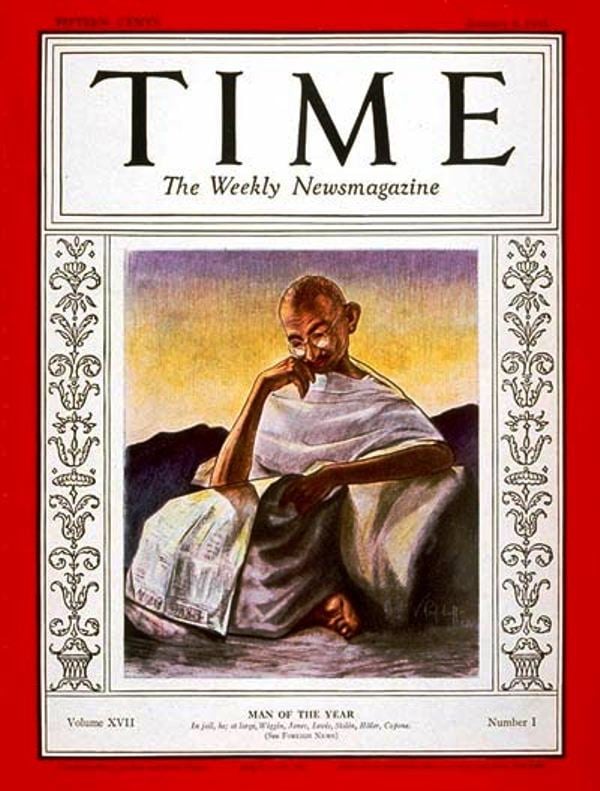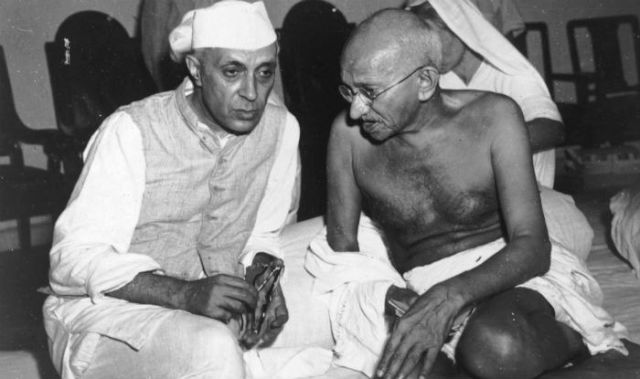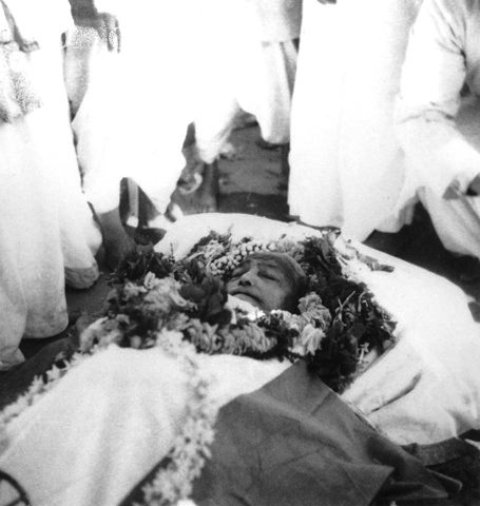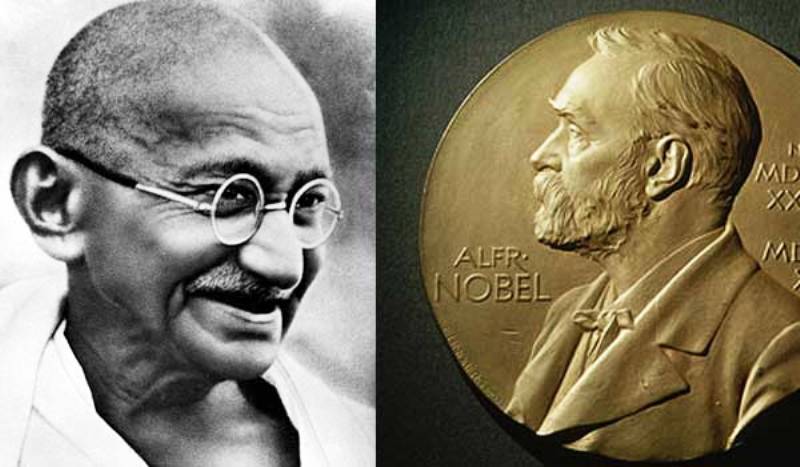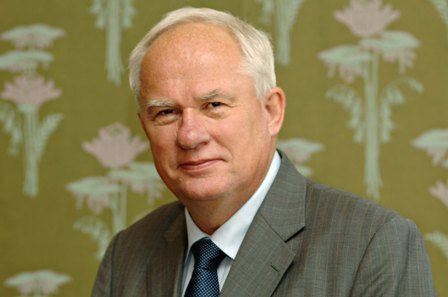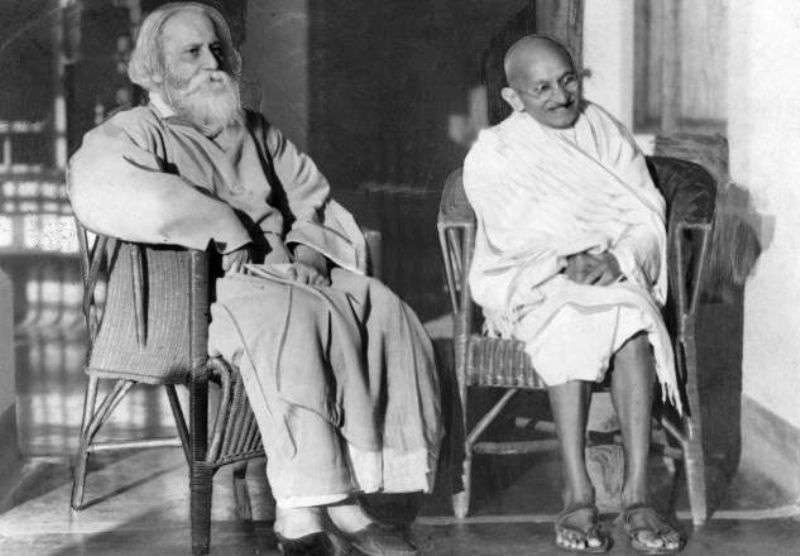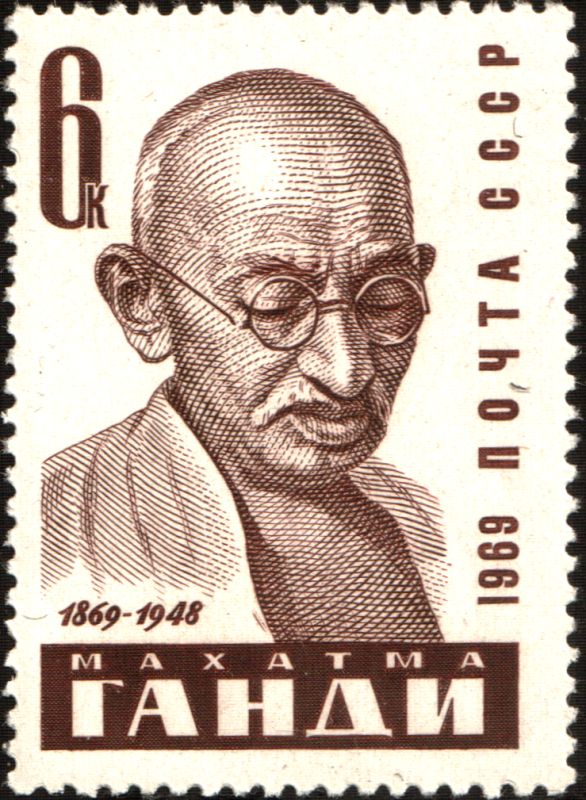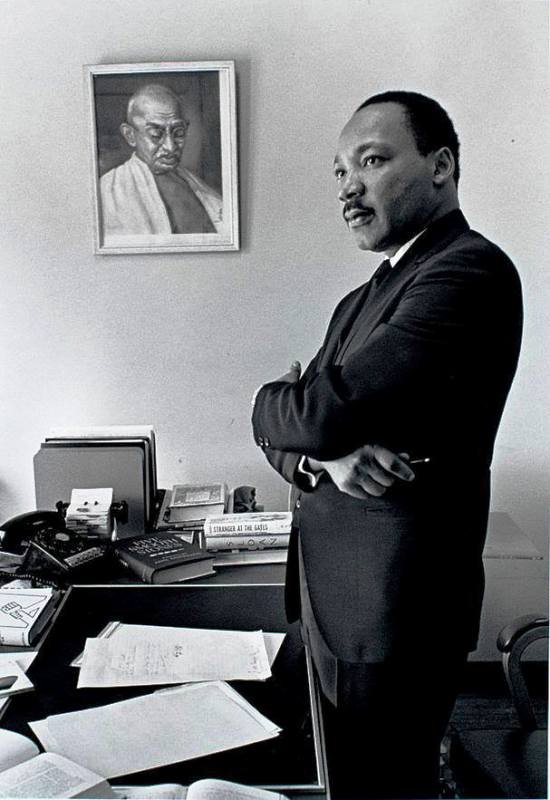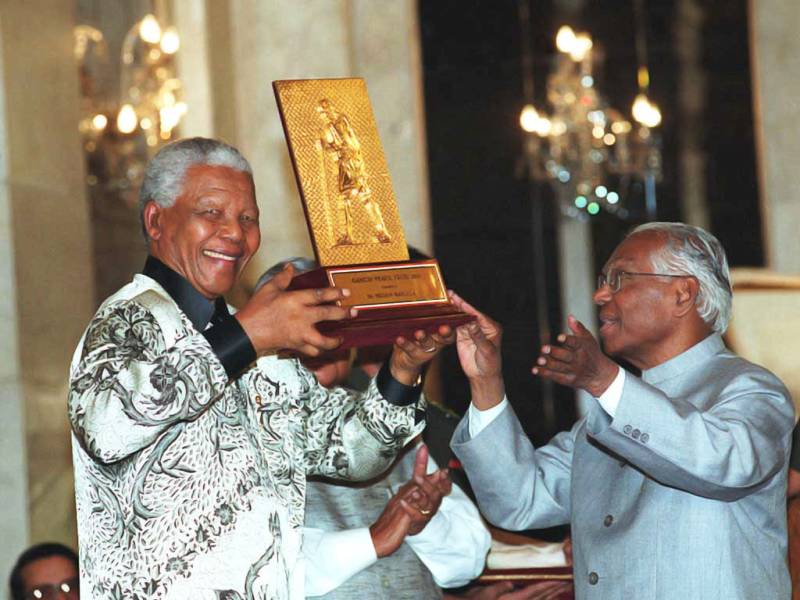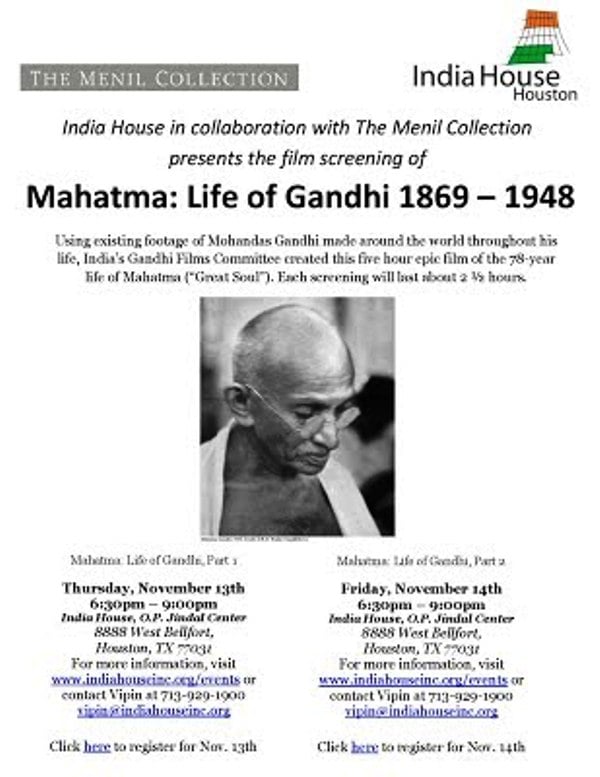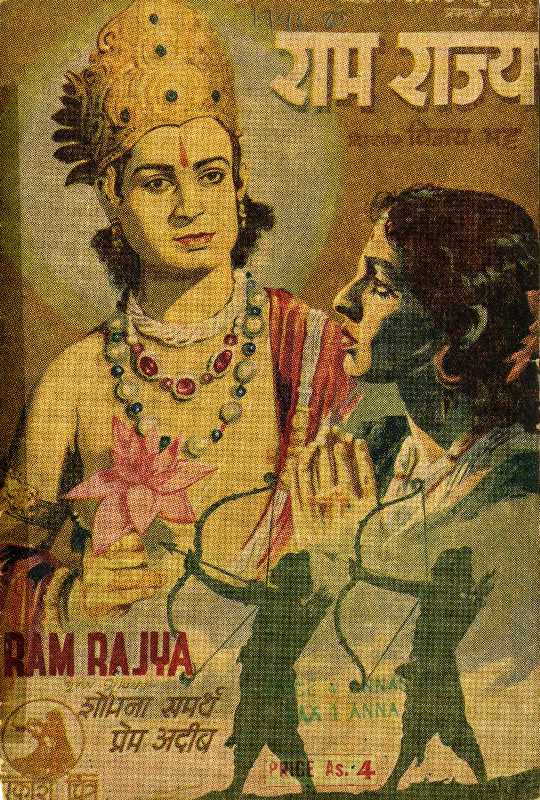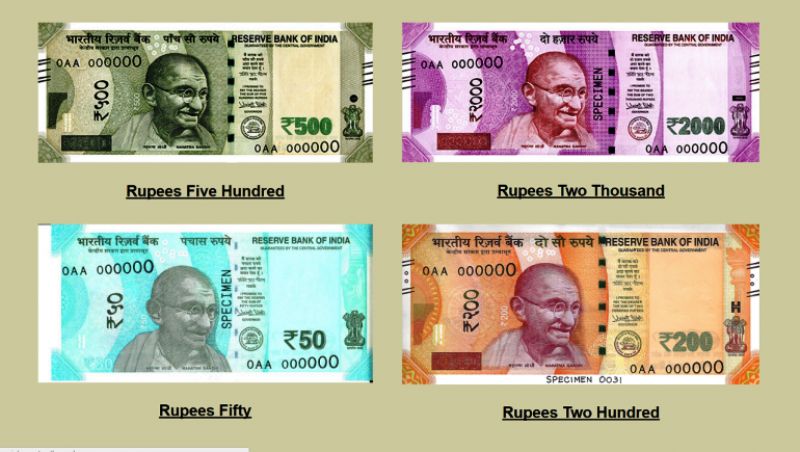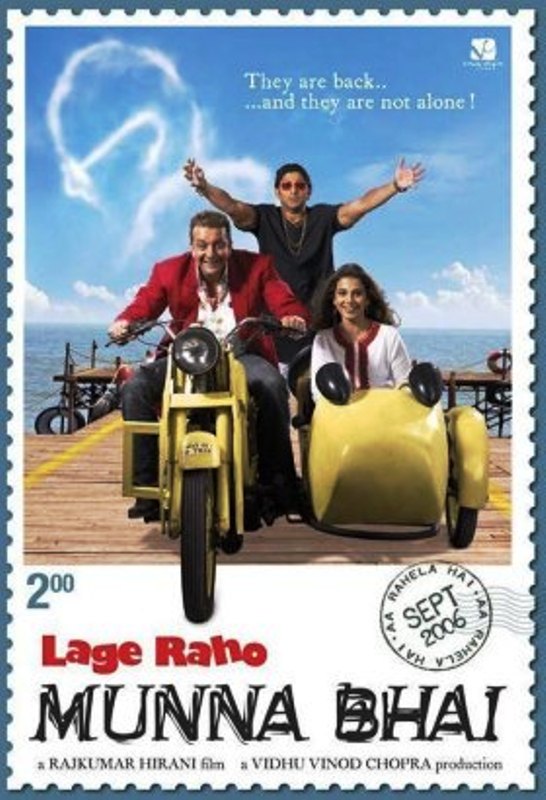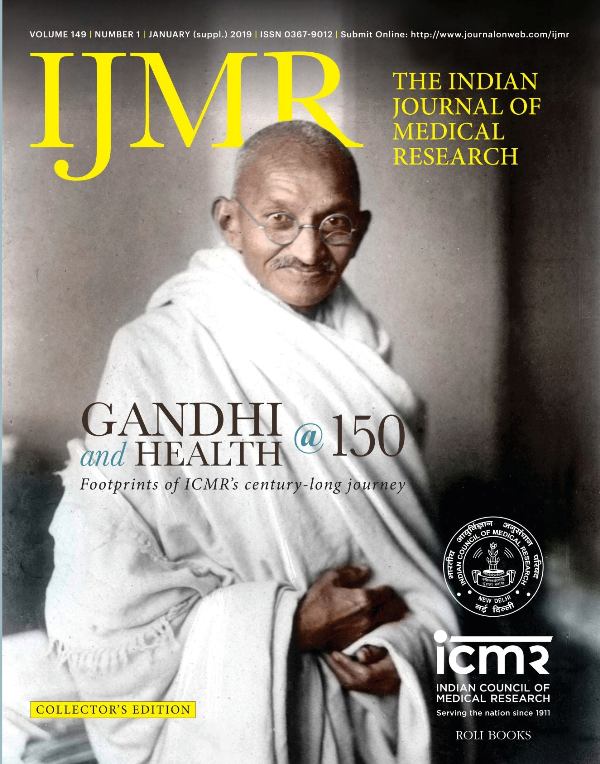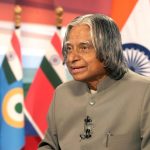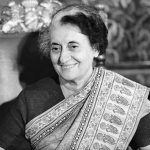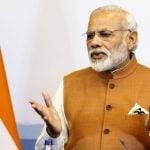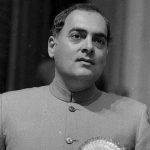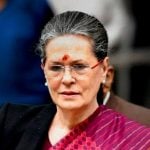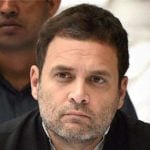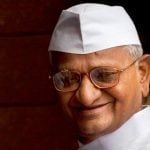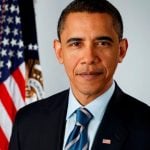Mahatma Gandhi Age, Death, Caste, Wife, Children, Family, Biography
Quick Info→
Education: Barrister-at-law
Caste: Modh Baniya
Age: 78 Years
| Bio/Wiki | |
| Full Name | Mohandas Karamchand Gandhi |
| Nickname(s) | • Mahatma • Father of the Nation • Bapu |
| Profession(s) | • Politician • Lawyer • Peace Activist • Philosopher |
| Major Works | • Gandhi witnessed racism, prejudice, injustice against himself and Indians in South Africa, after witnessing all this, Gandhi extended his original period of stay in South Africa to help Indians in opposing a bill to deny them the right to vote. He asked Joseph Chamberlain, the British Colonial Secretary, to reconsider his position on this bill. • He helped found the Natal Indian Congress in 1894, and through this organization, he molded the Indian community of South Africa into a unified political force. • A new act was promulgated by Transvaal govt in 1906; as per this Act, every male Asian had to register himself and produce on-demand a thumb-printed certificate of identity. Unregistered persons and restricted immigrants could be deported without a right of appeal or fined on the spot if they failed to comply with Act. At the same time, Gandhi started 'Satyagraha,' a non-violent protest in South Africa. He urged Indians to boycott the new law and to suffer the retribution for doing so. The community adopted this plan, and during the ensuing seven-year struggle, thousands of Indians were jailed, flogged, or shot for striking, refusing to register, for burning their registration cards or engaging in other forms of nonviolent resistance. The government quelled the protest easily, but the public outcry constrained the South African leader, Jan Christiaan Smuts, to negotiate a compromise with Gandhi. • Upon returning to India in 1915, Gandhi played a major role in India's Independence, Gandhi took leadership of the Congress in 1920 and started escalating demands for India's independence. 26 January 1930 was the day when the Indian National Congress declared the independence of India. The British did not recognize the declaration, but negotiations ensued with Congress taking a role in the provincial government in the late 1930s. • In 1918, Gandhi initiated Champaran and Kheda agitations. • In 1930, the Salt March Movement was initiated by Mahatma Gandhi to oppose taxation on salt by the British Government. • On 8 August 1942, Mahatma Gandhi, initiated a movement called the "Quit India Movement." Gandhi made a call to "Do or Die" in his Quit India speech delivered in Bombay at the Gowalia Tank Maidan. |
| Famous Quotes | • “Be the change that you want to see in the world.” • “The weak can never forgive. Forgiveness is an attribute of the strong.” • "An eye for an eye will make the whole world blind.” • “Nobody can hurt me without my permission.” • “In a gentle way, you can shake the world.” • “An ounce of patience is worth more than a tonne of preaching.” • “A man is but a product of his thoughts. What he thinks he becomes.” • “Live as if you were to die tomorrow. Learn as if you were to live forever.” • "First, they ignore you, then they laugh at you, then they fight you, then you win." • "Poverty is the worst form of violence." |
| Physical Stats & More | |
| [1]Aaj Tak - YouTube Height | in centimeters- 165 cm in meters- 1.65 m in Feet Inches- 5’ 5” |
| [2]Aaj Tak - YouTube Weight | in kilograms- 46.7 kg in pounds- 102 lbs |
| Eye Colour | Black |
| Hair Colour | Bald |
| Personal Life | |
| Date of Birth | 2 October 1869 (Saturday) |
| Place of Birth | Porbandar State, Kathiawar Agency, British Indian Empire (now in Gujarat, India) |
| Date of Death | 30 January 1948 (Friday) |
| Place of Death | New Delhi, India |
| Death Cause | Assassination by shooting |
| Age (at the time of death) | 78 Years |
| Resting Place | Raj Ghat in Delhi, but his ashes were scattered in various Indian Rivers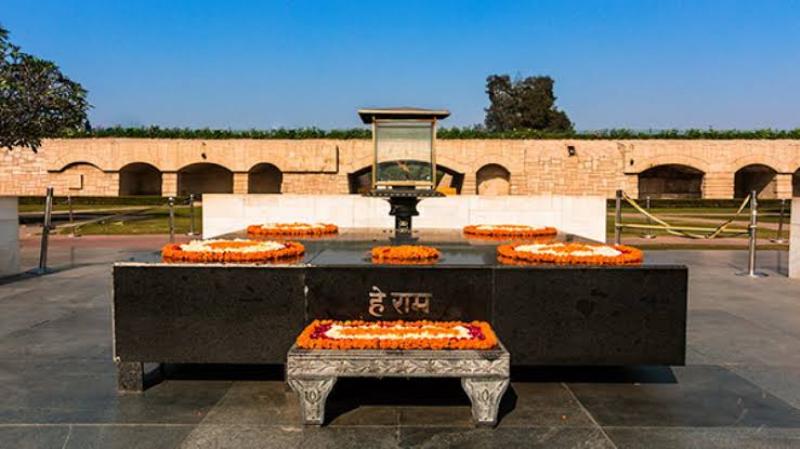 |
| Zodiac sign | Libra |
| Signature |  |
| Nationality | Indian |
| Hometown | Porbandar, Gujarat |
| School | • A Local School in Rajkot • Alfred High School, Rajkot • A High School in Ahmedabad |
| College | • Samaldas College, Bhavnagar State (now, District Bhavnagar, Gujarat), India • Inner Temple, London • UCL Faculty of Laws, University College, London |
| Educational Qualification | Barrister-at-law |
| Religion | Hinduism |
| Caste | Modh Baniya [3]Amar Ujala |
| Food Habit | Vegetarian Note: The young Gandhi once had a few bites of goat meat; believing it would make him stronger just like the Britishers. He quit the non-vegetarian diet when he was in London for his law studies. [4]India Today |
| Hobbies | Reading, Listening to Music |
| Controversies | • In 2016, some Ghanian students called for the removal of a statue of Mahatma Gandhi from a university campus. They accused Gandhi of being racist towards black people by holding the view that Indians were higher than them. This view was also held by two South African professors Ashwin Desai and Goolam Vahed who claimed that Gandhi labeled black Africans as “savage,” “raw,” and "indolent." That also claimed that Gandhi had also demanded separate entrances for blacks and Indians at the Durban post office while he was living in South Africa. • In 1906, Gandhi took an oath to abstain from sex life. Gandhi carried out several experiments to test himself as a celibate. He brought his grandniece, Manubehn, to sleep naked in his bed as part of a spiritual experiment in which Gandhi could test himself as a celibate (Brahmachari). Several other young women and girls also sometimes shared his bed as part of his experiments. These experiments took flak from many people in India and other parts of the world. |
| Relationships & More | |
| Sexual Orientation | Straight |
| Marital Status (at the time of death) | Widower |
| Marriage Date | May 1833 |
| Marriage Type | Arranged [5]Wikipedia |
| Family | |
| Wife/Spouse | Kasturba Gandhi (born as; Kasturbai Makhanji Kapadia) (11 April 1869 - 22 February 1944)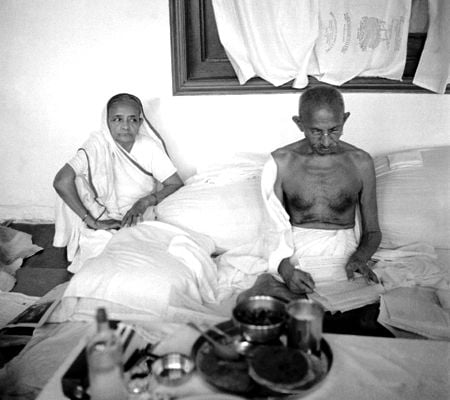 |
| Children | Son(s)- 4 • Harilal 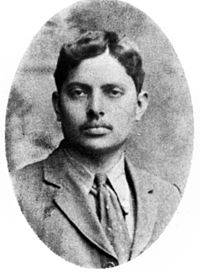 • Manilal • Ramdas • Devdas 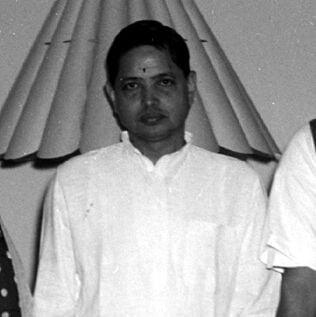 Daughter(s)- 2 • Laxmi (adopted; daughter of the harijans Dudabhai and Daniben Dafda); died on 31 January 1984 [6]Outlook • Madeleine Slade aka Mirabehn (adopted; daughter of the British Rear-Admiral Sir Edmond Slade); died on 20 July 1982 [7]Amar Ujala 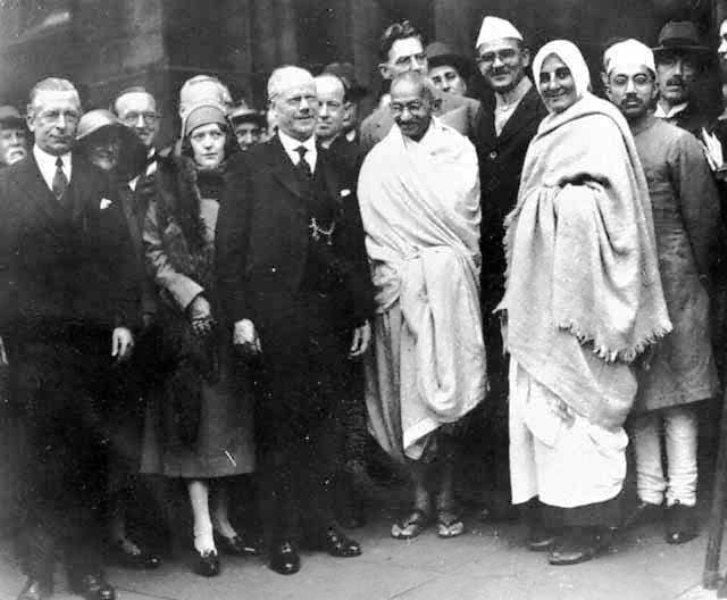 |
| Parents | Father- Karamchand Gandhi, Dewan (chief minister) of Porbandar state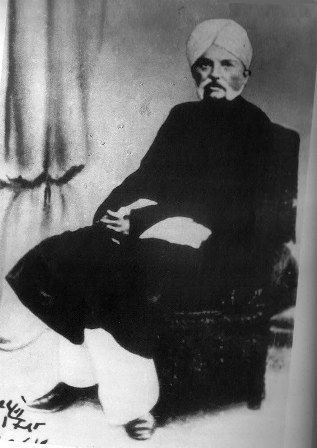 Mother- Putlibai Gandhi (Homemaker) 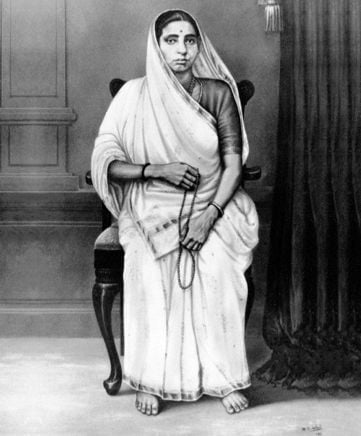 |
| Siblings | Brother(s)- 2 • Laxmidas Karamchand Gandhi 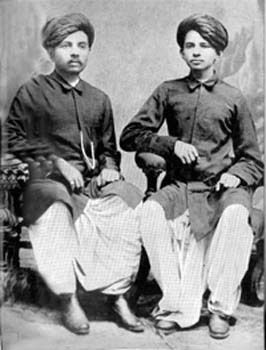 • Karsandas Gandhi Sister- 1 • Raliatbehn Gandhi 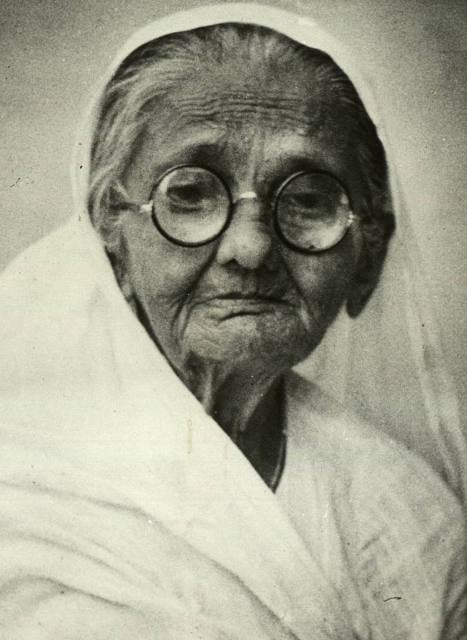 |
| Family Tree | 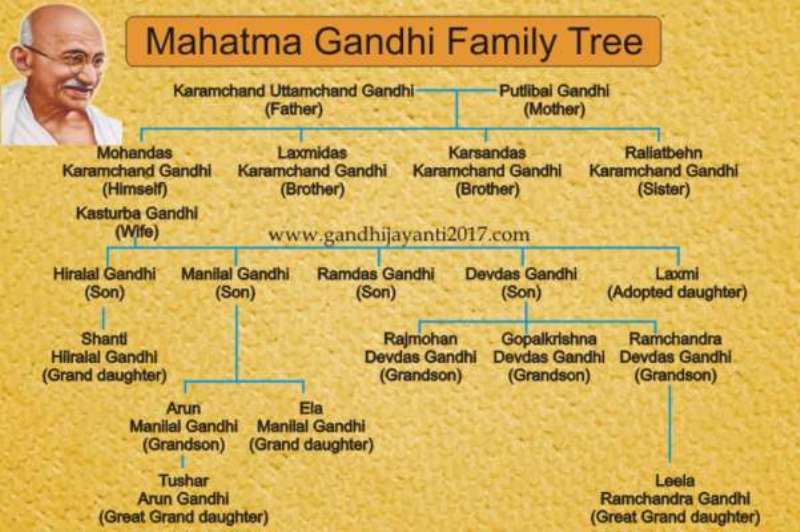 |
| Favourites | |
| Persons | Gautama Buddha, Harishchandra, and his mother Putlibai |
| Author | Leo Tolstoy 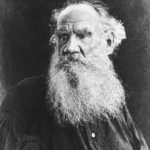 |
| Singer | Juthika Roy |
Some Lesser Known Facts About Mahatma Gandhi
- Did Mahatma Gandhi Smoke?: Yes (quit while in London for his Law studies) [8]India Today
- Did Mahatma Gandhi drink alcohol?: Yes (quit while in London for his Law studies) [9]India Today
- He was born as Mohandas Gandhi in a Hindu Modh Baniya family in Porbandar (also known as Sudamapuri).
- Although his father, Karamchand Gandhi, only had an elementary education. He proved to be a capable Chief Minister of Porbandar State. Previously, Karamchand was posted as a clerk in the state administration.
- During his tenure as the Chief Minister of Porbandar, Karamchand married four times (his first two wives died young after each had given birth to a daughter). Karamchand’s third marriage was childless. In 1857, Karamchand had his fourth marriage with Putlibai (1841-1891).
- His mother, Putlibai was from a Pranami Vaishnava family of Junagadh.
- Before, Mohandas (Mahatma Gandhi) was born; Karamchand & Putlibai had three children- a son, Laxmidas (1860-1914), a daughter, Raliatbehn (1862–1960), and another son, Karsandas (1866-1913).
- On 2 October 1869, in a dark and windowless room, Putlibai gave birth to her last child, Mohandas, in Porbandar.
- Gandhiji’s sister, Raliatben, described him as,
restless as mercury, either playing or roaming around. One of his favourite pastimes was twisting dogs’ ears.”
- The classic Indian stories of king Harishchandra and Shravana had a great impact on Gandhiji’s childhood. We can trace Gandhiji’s early encounter with truth, love, and sacrifice to these stories. In an interview, he said,
It haunted me, and I must have acted Harishchandra to myself times without number.”
- Mahatma Gandhi’s mother was an extremely pious lady, and he was deeply influenced by her. She would never take meals without daily prayers. To keep two or three consecutive fasts was normal to her. Perhaps, it was his mother who inspired Gandhiji to keep long fasts in his later years.
- In 1874, his father, Karamchand, left Porbandar and became a counsellor at Rajkot to its ruler; Thakur Sahib.
- At the age of 9, Mohandas entered a local school near his house in Rajkot.
- When he was 11, he joined a high school in Rajkot. There he was an average student and was very shy.
- While in High School, he met a Muslim friend named Sheikh Mehtab. Mehtab encouraged him to eat meat to gain height. Mehtab also took him to a brothel one day. The experience was quite disturbing for Mohandas, and he left the company of Mehtab.
- In May 1883, at the age of 13, Mohandas had an arranged marriage with the 14-years-old Kasturbai Makhanji Kapadia (shortened to “Kasturba” and affectionately to “Ba”). Recalling the day of their marriage, Mahatma Gandhi once said,
As we didn’t know much about marriage, for us it meant only wearing new clothes, eating sweets and playing with relatives.”
He also described with regret the lustful feelings he had for his young bride.
- In 1885, his father died, at that time, Mahatma Gandhi was 16-years-old. The same year, he also had his first child, who survived for only a few days. Later, the couple had 4 more children, all sons: Harilal (b. 1888), Manilal (b. 1892), Ramdas (1897), and Devdas (1900).
- In November 1887, at the age of 18, he graduated from high school in Ahmedabad.
- In January 1888, the young Gandhi enrolled at Samaldas College in Bhavnagar State. However, he dropped out and returned to Porbandar.
- On 10 August 1888, on the advice of Mavji Dave Joshiji (a Brahmin priest and family friend), Mohandas left Porbandar for Bombay with an aim to pursue Law Studies in London. People warned him that England would tempt him eating meat and drinking alcohol. To this, Gandhi made a vow in front of his mother that he would abstain from “alcohol, meat, and women.”
- On 4 September 1888, he sailed off Bombay to London.
- With the intention of becoming a barrister, he enrolled at the Inner Temple in London and studied there Law and Jurisprudence. His childhood shyness continued in London also. However, he started adopting ‘English Customs,’ like English-speaking, taking dance classes, etc.
- While in London, he joined “Vegetarian Society” and was elected to its Executive Committee. Most of the vegetarians he met there were members of the “Theosophical Society” (established in New York City in 1875). They encouraged Mohandas Gandhi to join the Theosophical Society.
- On 12 January 1891, he passed the Law Examination.
- In June 1891, at the age of 22, he was called to the British Bar and enrolled in the High Court. The same year, he returned to India where he found that his mother had died while he was in London.
- In India, he was introduced to Raychandbhai (whom Gandhiji regarded as his Guru).
- He started practising Law in Bombay. However, it failed; as he lacked psychological tactics to cross-examine witnesses. Then, he returned to Rajkot, where he started a modest living by drafting petitions for litigants. However, after a brawl with a British Officer, he was forced to stop his work.
- In 1893, a Muslim merchant named Dada Abdullah met Mohandas Gandhi. Abdullah had a large shipping business in South Africa, and Abdullah’s distant cousin, who lived in Johannesburg, needed a lawyer. Abdullah offered £105 plus travel expenses to him, which he happily accepted.
- In April 1893, at the age of 23, he set sail for South Africa (where he would spend 21 years; developing his political views, ethics, and politics).
- In June 1893, At Pietermaritzburg station, Mohandas Gandhi was ordered to go into the van compartment of the train although he had a first-class ticket. On his refusal, he was forcibly ejected, his bundles pitched out after him. He was left to shiver at the platform all night. The incident went on to become an iconic event in Gandhi’s life.
- In May 1894, the Abdullah Case that had brought him to South Africa was concluded.
- Bewildered with the discriminations faced by the Indians in South Africa, in May 1894, he proposed an organization to watch the interest of Indians, and on 22 August 1894, it finally resulted in the foundation of Natal Indian Congress to fight colour prejudice.
- In October 1899, after the break of the Boer War, Mohandas Gandhi joined Ambulance Corps. To support British combat troops against the Boers, he raised 1100 Indian Volunteers. For this, Gandhi and 37 other Indians received the Queen’s South Africa Medal.
- On 11 September 1906, for the first time, he adopted “Satyagraha” (a nonviolent protest) against the Transvaal Government, which had enacted a new law compelling registration of the colonies of Indian and Chinese populations.
- Mahatma Gandhi was inspired by the idea of Satyagraha by a letter written to Tarak Nath Das by the Russian pacifist Leo Tolstoy. He took the idea back to India in 1915.
- Between 13 and 22 November 1909, he wrote “Hind Swaraj” in Gujarati onboard S.S.Kildonan Castle on the way to South Africa from London.
- In 1910, he established the “Tolstoy Farm” near Johannesburg (an idealistic community).
- On 9 January 1915, he returned to India. Since 2003, the day is celebrated as “Pravasi Bhartiya Divas” in India.
- While in India, Mahatma Gandhi joined the Indian National Congress. It was Gopal Krishna Gokhale who introduced him to Indian issues, politics, and the Indian people.
- In May 1915, he founded Satyagraha Ashram at Kochrab in Ahmedabad.
- In April 1917, being persuaded by a local money lender in Champaran named Raj Kumar Shukla, Mahatma Gandhi visited Champaran to address the issue of Indigo farmers. It was Mahatma Gandhi’s first protest against the British atrocities in India.
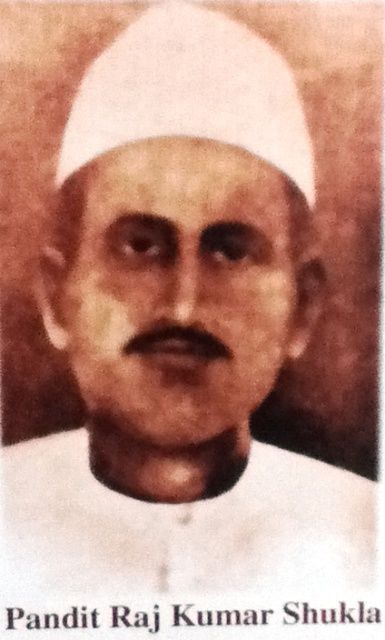
- In 1918, along with Vallabhbhai Patel, he took part in Kheda Movement; demanding relief from taxes as the Kheda was hit by floods and famine.
- On 8 October 1919, the first issue of ‘Young India’ was released under Gandhiji’s Editorship.
- In 1919, after the end of the First World War, Mahatma Gandhi supported the Ottoman Empire and sought political cooperation from Muslims in his fight against British Imperialism.
- During 1920-1921, he led the Khilafat and Non-co-operation Movement.
- After the Chauri-Chaura incident in February 1922, he withdrew the Non-co-operation Movement.
- On 10 March 1922, he was arrested and sent to Yervada Jail and remained in jail until March 1924.
- On 17 September 1924, he started a 21-days fast for Hindu-Muslim unity.
- In December 1924, he presided the Congress Session at Belgaum, for the first and only time.
- In December 1929, Gandhiji’s resolution on “Complete Independence” was adopted at the open session of Lahore Congress.
- On 12 March 1930, he started his famous Dandi March (388 kilometres from Ahmedabad to Dandi) to break the Salt Law.
- In 1930, Time magazine named Mahatma Gandhi, the “Man of the Year.”
- Winston Churchill (the then British Prime Minister) was a staunch critic of Mahatma Gandhi. He termed him a dictator, a “Hindu Mussolini.”
- On 28 October 1934, he declared his intention to retire from Congress.
- In 1936, Mahatma Gandhi founded Sevagram Ashram at Wardha.
- On 15 January 1942, he declared, ‘My political successor is Jawaharlal.’
- On 8 March 1942, he addressed the All India Congress Committee of Bombay and delivered his famous “Quit India” speech and urged Indians to “Karo Ya Maro” (Do or die).
- On 22 February 1944, his wife, Kasturba Gandhi died. A saree woven from yarn spun by Gandhiji was wrapped around her body.
- In 1948, Mahatma Gandhi opposed the partition of India along religious lines.
- On 30 January 1948, while on his way to evening prayer ground at Birla House (now, Gandhi Smriti), Mahatma Gandhi was shot dead by a right-wing extremist, Nathuram Vinayak Godse.
- In 1994, when black South Africans gained the right to vote, Mahatma Gandhi was proclaimed a national hero with numerous monuments.
- Gandhi was nominated five times for the Nobel Peace Prize; from 1937 to 1948, but he never received it, and when it was decided to award him on the fifth occasion, he had been assassinated before that.
- In 2006, Geir Lundestad, the Secretary of Norwegian Nobel Committee, said,
The greatest omission in our 106- year history is undoubtedly that Mahatma Gandhi never received the Nobel Peace Prize.”
- He was called “Mahatma” for the first time by Rabindranath Tagore.
- In 1969, the Soviet Union had issued a stamp of Mahatma Gandhi in his honour.
- Martin Luther King was deeply influenced by Gandhi and said;
Christ gave us the goals and Mahatma Gandhi the tactics.”
He also sometimes referred to Gandhi as a little brown saint.
- Nelson Mandela was also inspired by Gandhian principles that he used it to good effect during the apartheid movement and successfully ended the white rule. It is stated that Mandela concluded what Gandhi had initiated.
- In 1906, Gandhi vowed to abstain from sex life. Gandhi introduced several experiments to test himself as a celibate. He brought his grandniece Manubehn to sleep naked in his bed as part of a spiritual experiment in which Gandhi could test himself as a “Brahmachari.” Several other young women and girls also sometimes shared his bed as part of his experiments.
- In 1968, the first biographical documentary film on Mahatma Gandhi, “Mahatma: Life of Gandhi, 1869–1948,” (by Vithalbhai Jhaveri) was released.
- Richard Attenborough’s 1982 film, “Gandhi,” won the Academy Award for Best Picture.
- Although Indians widely describe him as “The Father of the Nation,” the Government of India hasn’t accorded the title officially. According to sources, the title was first used by Subhash Chandra Bose in a radio address (on Singapore Radio) on 6 July 1944.
- Sources claim that the 1943 film “Ram Rajya” was the only film that Mahatma Gandhi had ever seen.
- In 1996, the Reserve Bank of India (RBI) introduced “The Gandhi Series” of banknotes 10 and 500 rupees. Since its introduction in 1996, this series has replaced all banknotes issued before 1996.
- The 2006 Bollywood comedy film Lage Raho Munna Bhai is based on Gandhian principles.
- In 2007, the United Nations General Assembly (UNGA) declared 2 October (Gandhi’s birthday) as “The International Day of Nonviolence.”
- In 2019, a book titled ‘Gandhi and Health @ 150’ was released by the Indian Council of Medical Research on the occasion of the 150th birth anniversary of Mahatma Gandhi. In the book, many facts about Gandhi’s lifestyle were mentioned. It was mentioned that he was against the consumption of tea and coffee along with drugs, tobacco, and alcohol, and he used to wake up at 4 o’clock in the morning and sleep by 9 o’clock at night. Gandhi used to practice maun vrat, the concept of fasting of silence, once a week. Although Gandhi initially abstained from milk products, including ghee, he later added goat milk into his diet as his health deteriorated. According to the book, he volunteered in the British Army during the Anglo-Zulu War and Boer War as a stretcher bearer. [10]Gandhi Compendium – ICMR
- In June 2025, his great-granddaughter, Ashish Lata Ramgobin, was sentenced to seven years in prison in South Africa for her involvement in fraudulent activities by scamming a businessman for 6.2 million South African rand (approximately Rs. 3.22 crore).
References/Sources:

